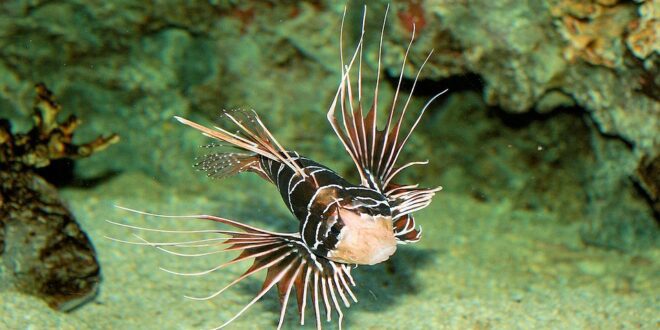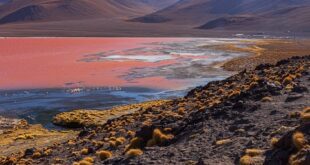The Top 10 Fascinating Discoveries in Oceanography
Oceanography, the study of the oceans, has been a fascinating area of exploration for scientists for centuries. With over 70% of the Earth’s surface covered by water, the ocean offers endless opportunities for discovery and research. Here are the top 10 fascinating discoveries in oceanography:
The Mariana Trench
The Mariana Trench, located in the western Pacific Ocean, is the deepest part of the ocean, reaching depths of over 36,000 feet. In 1960, Jacques Piccard and Don Walsh became the first people to visit the bottom of the trench in the bathyscaphe Trieste. The Mariana Trench is home to many unique and fascinating creatures, such as the Mariana snailfish, which is the deepest living fish ever discovered.
The Great Barrier Reef
The Great Barrier Reef, located off the coast of Australia, is the largest living structure on Earth and can be seen from space. It is home to thousands of species of marine life, including colorful coral, fish, turtles, and sharks. The reef is also a popular destination for tourists from all over the world.
Deep Sea Vents
Deep sea vents, also known as hydrothermal vents, are cracks in the ocean floor where geothermally heated water gushes out. These vents are home to a unique ecosystem that is not dependent on sunlight for survival. Many previously undiscovered species have been found around these vents, including giant tube worms, crabs, and blind shrimp.
The Gulf Stream
The Gulf Stream is a powerful, warm ocean current that flows from the Gulf of Mexico up the eastern coast of North America and across the Atlantic Ocean. This current impacts the climate and weather patterns of the areas it touches, making it a vital area of study for oceanographers.
The Titanic Wreckage
In 1985, the wreckage of the Titanic was discovered in the North Atlantic Ocean. The ship sank in 1912 after hitting an iceberg, and at the time it was one of the most advanced ocean liners ever built. The discovery of the Titanic’s wreckage shed new light on this historical event and inspired a renewed interest in the story of the ship and its passengers.
The Blue Whale
The Blue Whale is the largest animal on Earth, weighing up to 200 tons and growing up to 100 feet long. These majestic creatures can be found in oceans all around the world and are a popular subject of study for marine biologists and zoologists.
Underwater Volcanoes
Underwater volcanoes, also known as seamounts, are volcanoes located on the ocean floor. These volcanoes can be active or extinct and can impact the seawater chemistry around them. Many new species have been discovered around underwater volcanoes, including tube worms and crabs.
Plastic Pollution
Ocean plastics are a major cause of concern for oceanographers. The accumulation of plastic in the ocean has serious consequences for marine life, as animals can ingest the plastics or become entangled in them. The discovery of plastic pollution in the ocean has led to a worldwide effort to reduce plastic use and recycle more.
The Southern Ocean
The Southern Ocean is a vast area of ocean that circles the continent of Antarctica. It is home to many unique and fascinating creatures, such as the Emperor Penguin and the Southern Elephant Seal. The ocean has also been the focus of intense research in recent years, as scientists seek to better understand the impact of climate change on this fragile ecosystem.
The Antartic Ice Sheet
The Antarctic Ice Sheet is the largest ice sheet in the world, covering an area of over 14 million square kilometers. It is also home to many unique species, such as the Weddell Seal and the Adelie Penguin. But the ice sheet is melting due to a changing climate, making it a vital area of study for scientists concerned about global warming and its impact on long-term sea level rise.
 Mind Uncharted Explore. Discover. Learn.
Mind Uncharted Explore. Discover. Learn.




